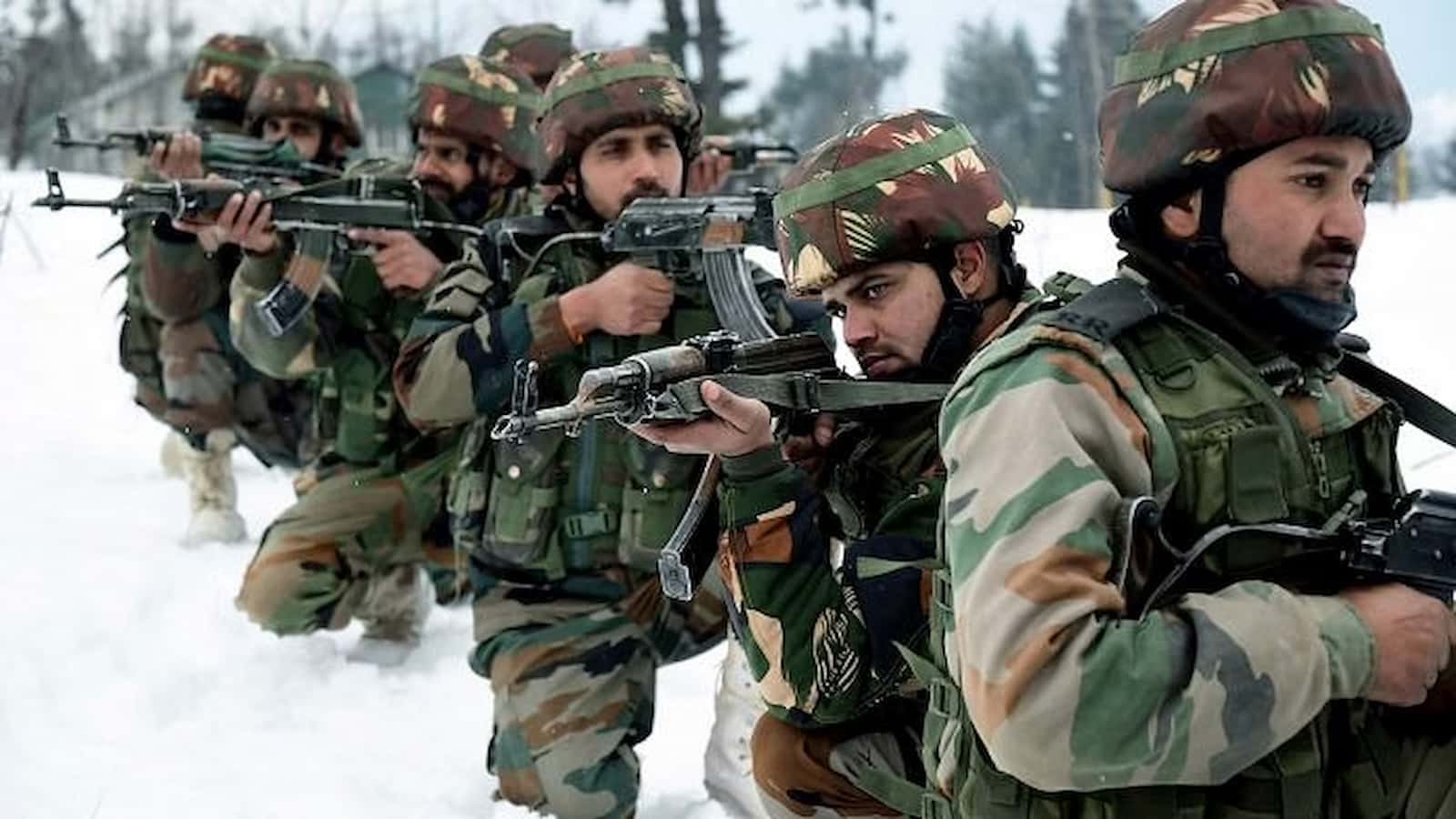India Unified Cyberspace Doctrine: Earlier this week, the government of India published a unified cyberspace doctrine as a major step toward improving the strategic capability of its military. This doctrine offers a coherent structure for carrying out and comprehending cyberspace operations among the Air Force, Navy, and Indian Army.
General Anil Chauhan, the Chief of Defence Staff (CDS), presented the “Joint Doctrine” for cyberspace operations during a Chief of Staff Committee (COSC) conference. This historic book seeks to provide military leaders with the required direction to negotiate the complexity of modern cyberwarfare, guaranteeing coordinated and successful operations.
Attending the release of the doctrine, the COSC—which consists of Army Chief General Manoj Pandey, Air Chief Marshal VR Choudhary, and Navy Chief Admiral Dinesh K Tripathi—emphasized the teamwork behind this project. Their presence underlined the shared dedication of the armed forces to this strategic improvement.
According to Financial Express, the Ministry of Defence underlined in an official statement that reaching more jointness and integration inside the Indian Armed Forces depends on first developing the “Joint Doctrine”. Reflecting a proactive attitude to modern warfare, this doctrine marks a breakthrough in simplifying cyberspace operations.
Apart from conventional battlefields, cyberspace is becoming increasingly important and demanding in contemporary warfare. General Chauhan noted the worldwide relevance of cyberspace and its great impact over land, sea, and air. Cyberattacks, he said, could have significant effects on a nation’s political stability, economy, decision-making process, and general defensive capacity.
India’s First Suicide Drone: Defense Capabilities Soar with Introduction of Nagastra 1
The CDS underlined the need of including cyberspace activities into the national security architecture. To maximize cyberspace advantages and influence activities across all operational environments and levels of power, he underlined the need to create thorough strategies—referred to as “ends,” “ways,” and “means.”
The doctrine stresses awareness of the military aspects of cyberspace operations, so offering a strong conceptual framework for staff, commanders, and personnel engaged in cyber activity. It seeks to raise soldiers’ awareness and readiness at all levels, so promoting a consistent and strategic approach to cyberdefensive operations.
This publication marks a turning point in India’s cyber capacity enhancement. The Indian Armed Forces are ensuring they remain resilient against changing cyber threats by formalizing a joint doctrine, so addressing the complexity of cyberspace. The theory will help to define next military tactics and operations, so highlighting the indispensable role cyberspace plays in national security.



